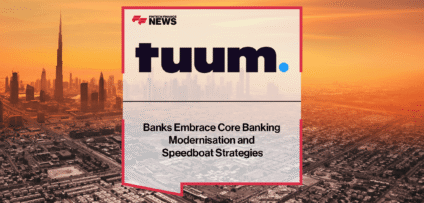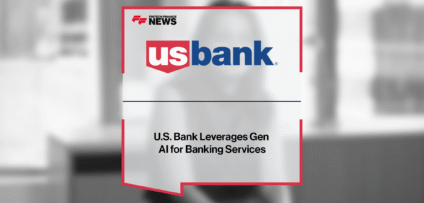Breaking News
Banks Embrace Core Banking Modernisation and Speedboat Strategies
In the MENA region, core banking modernisation has become a top priority for both traditional and digital-first banks. Miljan Stamenkovic of Tuum and Rohit Mathew from Publicis Sapient emphasize the need for progressive modernisation to transform legacy tax and banking systems while mitigating risk. The traditional approach of replacing entire core systems in one go often leads to failure, high costs, and operational disruption. Instead, a phased, de-risked strategy allows banks to hollow out existing technology stacks and incrementally introduce modern capabilities, ensuring sustainable transformation.
The region’s banking landscape is evolving rapidly. Cities across the GCC, including hubs in Saudi Arabia, are becoming global financial centres, driven by digital adoption, a young digitally savvy population, and high smartphone penetration. Regulators and sovereign wealth funds are pushing the agenda for modern, customer-first banking experiences. Banks are under pressure to enhance personalization, omnichannel accessibility, and multi-channel integration while still maintaining regulatory compliance and operational resilience.
Core banking modernisation requires a combination of business and technological strategies. Banks must adopt composable microservices, hybrid cloud infrastructures, and scalable platforms to support AI-driven insights, advanced risk management, and seamless customer experiences. AI is no longer limited to isolated use cases; it’s increasingly embedded throughout the front, middle, and back office, improving decision-making, risk monitoring, and operational efficiency. The challenge is not only technical but also organizational—aligning leadership, compliance teams, and product managers to ensure a unified transformation strategy.
Speedboat strategies are emerging as a practical method to accelerate digital delivery without overhauling legacy systems entirely. By creating separate digital ventures within traditional banks, institutions can leverage existing brand equity, regulatory licenses, and balance sheet strength while rapidly deploying new AI-first retail or SME-focused banking solutions. This approach allows banks to compete with nimble digital entrants without disrupting core operations. However, it demands clarity on value propositions, micro- and macro-segment targeting, and careful cost management.
Legacy systems often create hidden inefficiencies. Dual-core strategies, common in regions with conventional and Islamic banking operations, can double IT overhead and complicate customer journey management. Modernisation efforts must consider these hidden costs and ensure that new infrastructures enable end-to-end control of customer relationships while facilitating new revenue streams. The goal is to evolve from simply “keeping the lights on” to a platform-based, AI-enabled banking ecosystem that drives customer-centric innovation.
Ultimately, core banking modernisation is about balancing risk with growth, aligning technology, processes, and strategy, and preparing banks for a rapidly evolving financial landscape. By embracing phased implementation, AI integration, and speedboat methodologies, banks in the region are positioning themselves to deliver enhanced customer experiences, operational efficiency, and sustainable innovation over the coming years.
- African Development Bank Group’s Office of Integrity and Anti-Corruption Partners with Special Investigations Unit to Combat Financial Crime Read more
- The 4th Edition of the Africa Fintech Forum to Shape the Future of Finance in Kenya on October 15 Read more
- EXCLUSIVE: “Zee Whizz! Adapting to a New Banking Generation” – Joud Zaumot, Mambu and Andrzej Szelemetko, GFT Technologies in ‘The Fintech Magazine’ Read more
- Banks Embrace Core Banking Modernisation and Speedboat Strategies Read more
- EXCLUSIVE: “Taking the Pain Out of Compliance” – Camillo Werdich, Sinpex in ‘The Fintech Magazine’ Read more





















